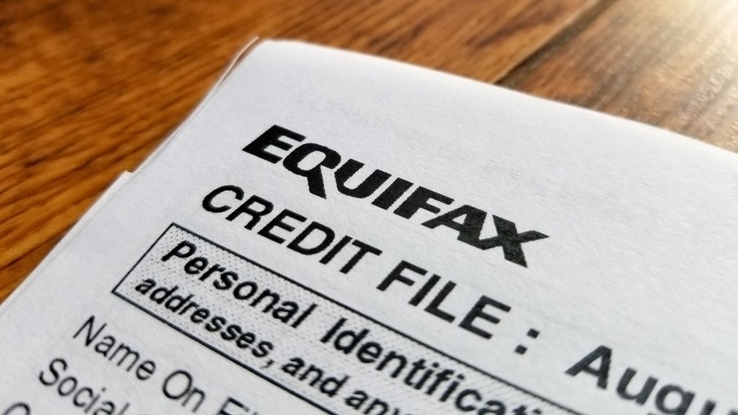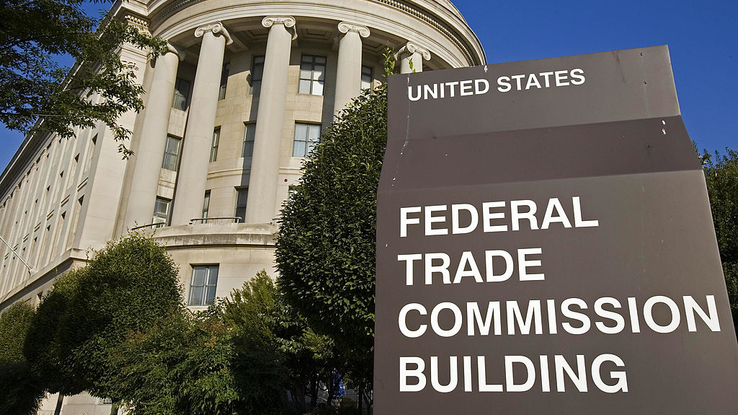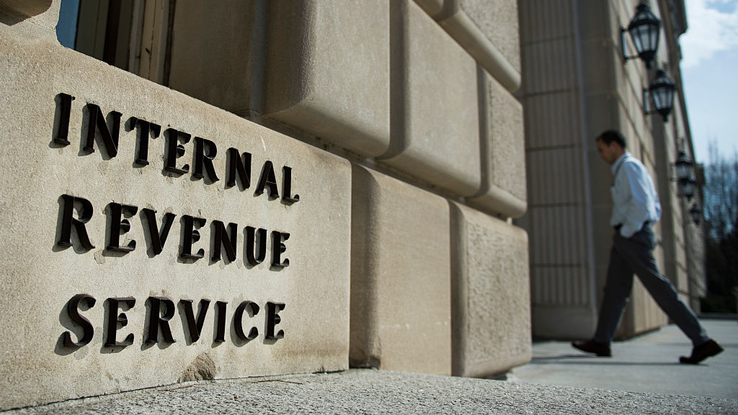
If you believe that you are a victim of identity theft, the Federal Trade Commission (FTC) advises you to take immediate steps to protect yourself from further problems that may arise. These steps include calling the companies where the fraud occurred as soon as possible, placing an alert with any one of the three credit bureaus and filing a report with the FTC. Since the individual who stole your identity may use it to break more laws, you may also want to consider filing a report with your local police department. Learn how you can recover from identity theft as part of our Cyber Security Awareness Month coverage.
First Step: Call the Companies
Criminals who steal identities are usually after your credit. Of all the instances of identity theft filed with the FTC in 2017, credit card fraud was the most common, with more than 130,000 cases that year. Tax and employment-related fraud is the next most common form of identity theft, followed by utility fraud and bank fraud respectively.

The prevalence of credit card fraud is one of the reasons why credit card companies have departments dedicated to such cases along with protocols to provide immediate assistance to clients. If you think your identity may have been stolen, reach out to the fraud department of the institution where the fraud was committed and explain why you think that someone stole your identity.
Request that the company freezes your accounts so that no one else can use your identity for further unauthorized transactions. You may also want to change the login and passwords for your accounts, especially if you regularly conduct transactions online. Alternatively, you may also consider closing your account with the company altogether. Note that in some cases, the company may require you to provide a copy of an official identity theft report from the FTC. It’s best not to wait to contact companies due to the danger a potential imposter could do, however, so contact the companies first regardless.
Second Step: Create a Fraud Alert
The person who stole your identity may try to open accounts with other financial institutions as well. Placing a fraud alert with any of the three credit bureaus will make it difficult for anyone to open an account using your identity. Once you’ve successfully filed an alert, companies will have to take extra measures to verify your identity before it issues a new line of credit.

Reporting the theft to one of the credit bureaus ― Equifax, TransUnion or Experian ― should be sufficient, as the law requires them to share the report among themselves. Placing the report is free, after which you’ll receive a fraud alert confirmation letter.
The confirmation letter comes with instructions on how you can also obtain your free annual credit report. You can review the report to check if you have indeed engaged in the transactions listed in the report. Note that it might take some time before you can receive your free annual report. You can choose to pay to receive it immediately.
Third Step: Report the Incident to the FTC
Many credit institutions may require you to provide them with an official identity theft report from the FTC before they can take any other action apart from temporarily freezing your account. If you are a cardholder of any of the major credit card networks, such as Visa, Mastercard, Discover or American Express, then you are likely covered by their zero-liability policies, which can exempt you from financial liabilities in cases of fraud. However, you’ll have to provide them with an official report from the FTC before you can obtain the protection that is provided in the policy.

To file an identity theft report with the FTC, go to their official identity theft website and complete the online form. Add as many details about the incident as possible. From the information that you provide on the form, the FTC will create an identity theft report for you as well as a recovery plan. The report will be extremely helpful in proving to businesses that your identity was stolen, and it gives you certain rights.
Other Steps That You Can Take
If you want to report the incident to the police, it will be a good idea to bring along copies of the official reports from the financial institution, credit bureau and FTC. You may also want to bring along proof of your address from utility bills, rental agreements and so on. Other proof of the theft, such as credit card statements and notices from the IRS, will also be helpful to the police.

After you have taken the steps mentioned earlier, you can focus on dealing with the damages that the incident caused. Examine your latest bank statements closely to identify any transactions and charges that are bogus and correct your credit report by sending a formal letter of request to any of the three credit bureaus. Make sure to attach your FTC report along with your letter.
There will likely be other matters that you’ll need to deal with to fix the damages. While these can be tedious and frustrating, resolving them as soon as possible will help you get back on track as soon as possible.





